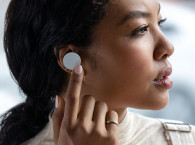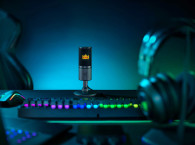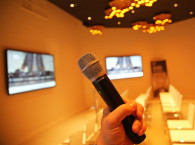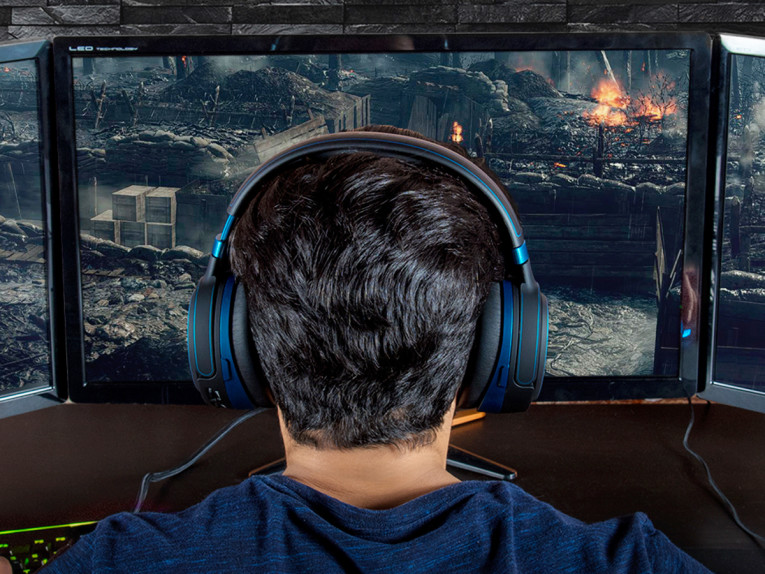
"Our analysis shows a 19% growth in market volume for gaming accessories is expected this year," says Morris Garrard, Gaming Research Analyst at Futuresource Consulting. "With social distancing measures in place, Gen Z and other key demographic target groups have been turning to online gaming platforms as a replacement for the playground, pub or club, with gaming becoming a vital source of social interaction while public spaces have closed."
Existing and new gamers have not been the only group utilizing gaming headsets, with those working from home making use of the high-quality audio functionalities of gaming headsets to connect with colleagues and clients. Demand for office equipment has seen exponential growth as the world has equipped home offices, meaning that traditional office headsets have become more difficult to obtain. "Gaming headsets designed for clarity of audio and comfort during long gaming sessions make them an ideal product for those trying hard to remain connected at work, while wrestling with the complexities of hosting meetings and presentations online," says Garrard. Where a spike in demand has left office headsets out of stock in online stores, gaming headsets have provided a readily available replacement product.
Growth in the gaming headsets and accessories market has seen a boost in demand thanks to the COVID-19 pandemic, with 2020 expected previously to remain a year of flat market growth. "With next generation consoles set to launch at the end of 2020, it was anticipated some consumers would hold off purchasing gaming accessories which risk becoming outdated with next generation hardware from Microsoft and Sony," says Garrard. While consumers remain excited about the next generation of hardware, the coronavirus pandemic has increased the need for communication hardware in both work and play, providing a market boost which otherwise would have been unattainable.
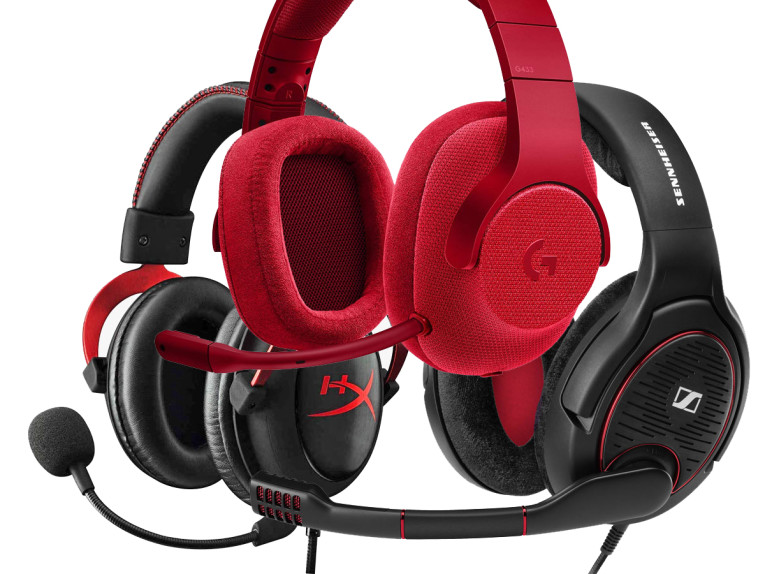
A New Growth Area for Consumer Electronics Giants?
Office workers are not the only new arrivals in gaming headsets, as gaming branded products become a hot topic in the consumer electronics industry. While technology heavyweights Sony and Microsoft have been active in the gaming market since its early years, few other major brands have stepped into the competitive gaming ring, until now. "Brands including JBL, Panasonic, Sennheiser, Audio-Technica and Beyerdynamic have been making a break for the vast sums spent by consumers on gaming," says Garrard, "with further market expansion forecast, we expect the list of consumer electronics vendors in this market to grow, competing directly with gaming specialist brands such as Turtle Beach and SteelSeries for a share of this lucrative market."
Gaming branded products have offered an opportunity to leverage strategic advantages in audio technology in a market that demands quality. With gaming products often receiving a higher margin compared to core consumer electronics products, brands have jumped on the opportunity to increase revenues in this highly profitable market.
Spatial Audio in Next Generation Game Consoles
Gaming is not just about graphics quality; getting the audio experience right can make or break a games popularity and provide an advantage to players at the top of their game. "The next generation of consoles will raise the bar on audio quality and immersion, providing tools to game developers to take the acoustic experience to the next level," says Garrard. While software is an important part of the battle, gamers are keen to make sure their hardware can match the experience, providing a boost to the console gaming headset market over the next five years.
“Sony will leverage its Tempest engine to provide a proprietary 3D audio solution, calibrated to one of five head-related transfer functions (HRTFs) to best suit individual gamers, giving a truly immersive experience in game. Microsoft is expected to maintain its partnership with Dolby to provide an Atmos experience for the Series X,” states Garrard. With both consoles boasting an improved audio experience, high quality headsets and gaming speakers will become an increasingly integral aspect of gaming set-ups.
With mobile based content presenting the greatest growth opportunity for the gaming industry, and true wireless headphones remaining at the forefront of consumers minds as a must-have audio accessory, it is no surprise this technology has been brought into the gaming headset market.
"The success of products such as Apple’s AirPods highlights the monumental shift seen in the wider headphones market, with consumers keen to get their hands on the true wireless form factor,” says Garrard. “While there is still some way to go, latency in true wireless headphones has begun to reach palatable levels for gaming applications in some consumer’s minds."
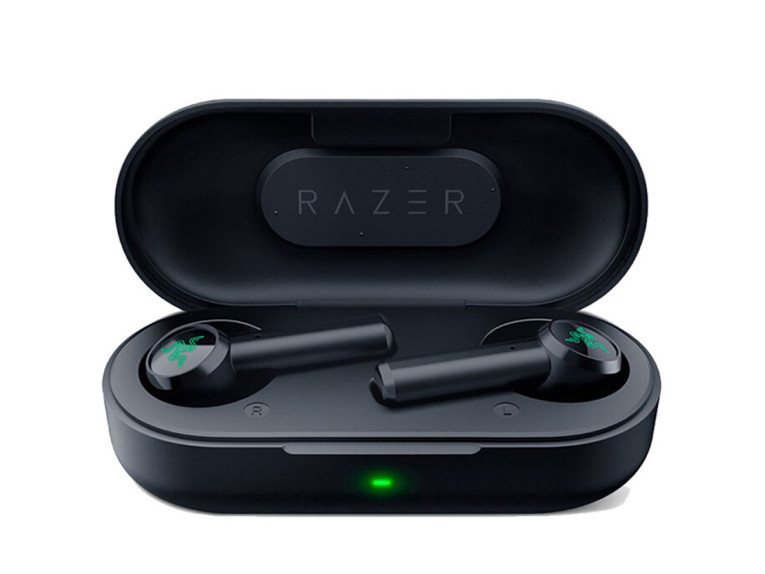
Products such as the Razer Hammerhead have shown high levels of initial consumer interest, and with connectivity technology providers such as Qualcomm working hard to reduce levels of latency, true wireless headphones will soon become a viable option for even the most scrupulous gamers.
For further market data and insights into the gaming headsets market, Futuresource's latest market report is now available here.
www.futuresource-consulting.com


